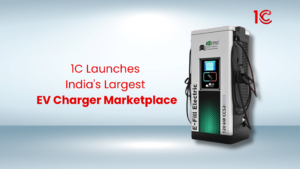
Menu
Menu
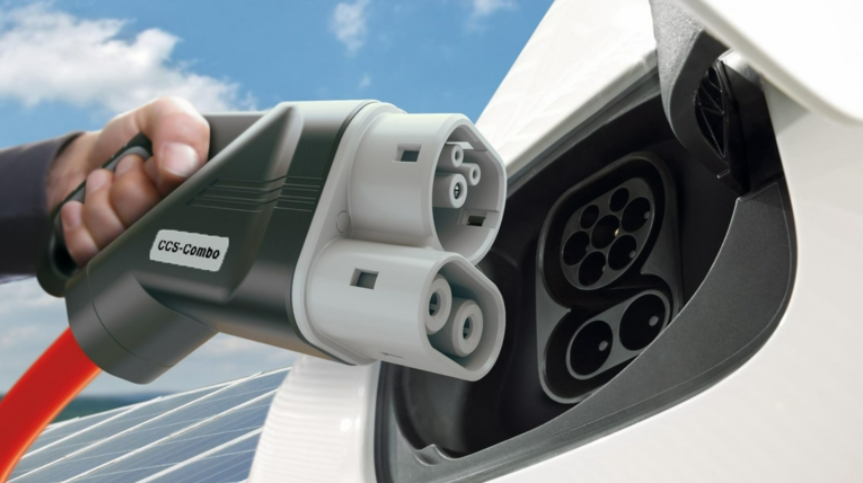
An Off-Grid EV Charging Station (OGCS) is an independent structure designed for local power generation and consumption. This system may incorporate multiple renewable energy sources that can contribute individually or operate in a hybrid manner to meet power demands. Power electronics are crucial in the Electric Vehicle Charging System (EVCS) because they help convert power from one place to another. Adding an Energy Storage System (ESS), like batteries or fuel cells, can make the EVCS more dependable.
Recently, the power system has improved by including a “communication” part. This means there’s a network that helps share information between different parts. You can see this communication in the system diagram using dotted lines.
An Off-Grid Charging Station (OGCS) adopts three architectural approaches, AC based, DC based and AC-DC based.
In this architecture, a single AC bus facilitates power flow transactions. Components like Wind Turbines (WT), Photovoltaic (PV) arrays, and batteries are integrated. For a WT, there’s an AC/DC and DC/AC converter, while a PV array and battery produce a DC output, later stabilized by a DC/DC converter. This stable DC voltage is then transformed into AC power through a DC/AC converter, connecting to the AC bus. Notably, the battery-AC bus allows bidirectional current flow, whereas the PV array-AC bus permits unidirectional flow. Optimal design often involves maintaining a rated DC voltage to reduce converter needs. Charging EV batteries from the AC bus requires AC/DC and DC/DC converters, necessitating isolated converters for independent charging when multiple EV batteries are involved.
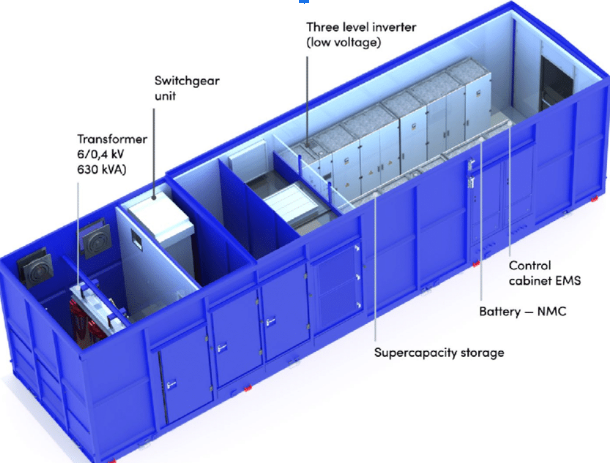
The DC-based architecture offers a simpler design compared to its AC-based counterpart. Utilizing a single DC bus, all DC power flows seamlessly between the source, load, and components. The PV array and Energy Storage System (ESS) supply power to the DC bus through a DC/DC converter, eliminating the need for a DC/AC converter seen in the earlier design. While a Wind Turbine (WT) incorporates an AC/DC converter and a DC/DC converter connected to the bus, careful voltage selection may eliminate the requirement for a DC/DC converter. This streamlined approach extends to charging the Electric Vehicle (EV) battery directly from the DC bus, enhancing architectural compactness.
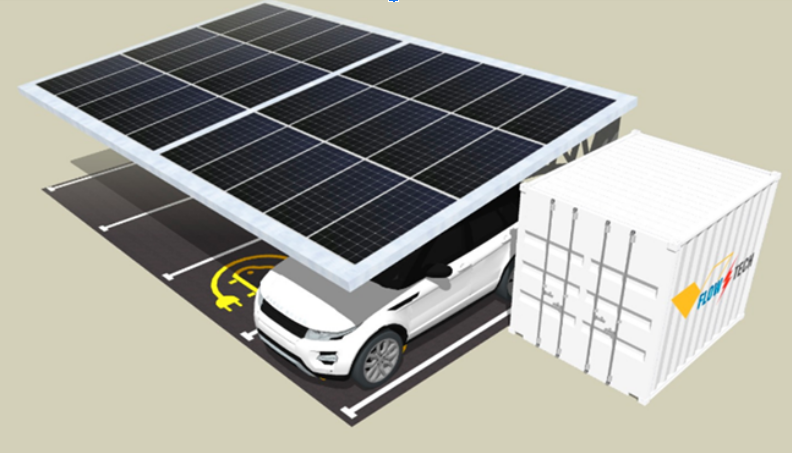
The AC- and DC-based architecture features a dedicated DC and AC bus, combining advantageous elements from individual AC and DC architectures. A single DC/AC converter is used for all sources generating AC power, eliminating the requirement for extra converters per source. This design allows EV batteries with both AC and DC connectors to connect directly to the respective AC or DC bus without additional converters. While this architecture holds promise, ongoing research is needed to further explore its potential as it is a relatively new concept with limited practical implementation to date.
Also Read: AC-Dc combined EV charger in India
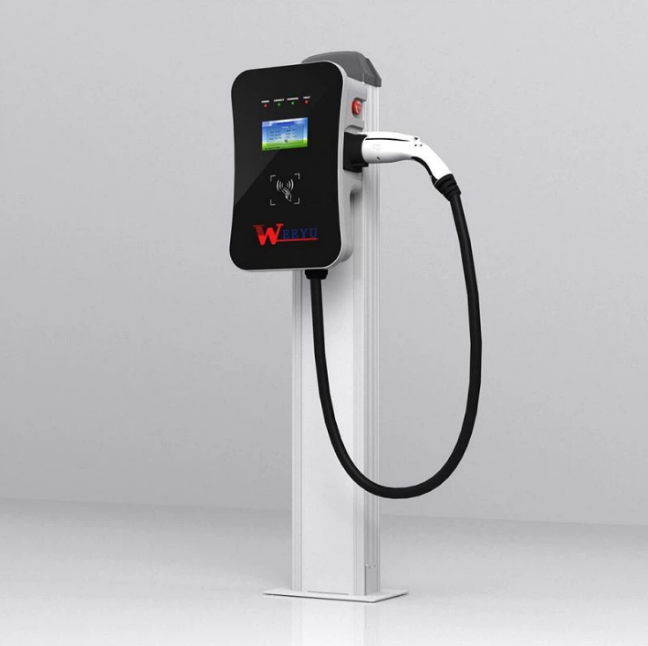
Off-Grid EV Charging Stations (OGCS) present a promising avenue for sustainable and efficient electric vehicle charging. The three architectural approaches – AC-based, DC-based, and AC-DC based – offer diverse solutions, showcasing the evolution of charging infrastructure. It gives both environmental and financial benefits, including reduced carbon emissions and preservation of natural resources, align with global sustainability goals. Financially, OGCS brings long-term cost savings, energy cost stability, and the potential for income generation. Government incentives and collaborative efforts signal a positive trajectory. Even though there are difficulties, everyone working together to use the same connectors gives hope for the future of off-grid EV charging. This shows a united effort to deal with environmental and money-related concerns in a balanced way.
An Electric Vehicle (EV) Charging Station is a place with the stuff needed to recharge electric cars. It’s where people with electric cars can charge their car batteries, so they can drive more without running out of power.
An EV Charging Station gives electric power to the car’s battery. You connect your vehicle to the charging station, and a cable carries the electric power to the battery. The charging station has parts that control the flow of electricity, making sure the charging is safe and works well.
Several companies are involved in manufacturing EV chargers in India. Some notable players include Tata Power, ABB India, Delta Electronics India, and Exicom Power Solutions. These companies contribute to the development and deployment of EV charging infrastructure in the country, supporting the growth of electric mobility.






© 2024 Massive Mobility Private Limited. All rights Reserved